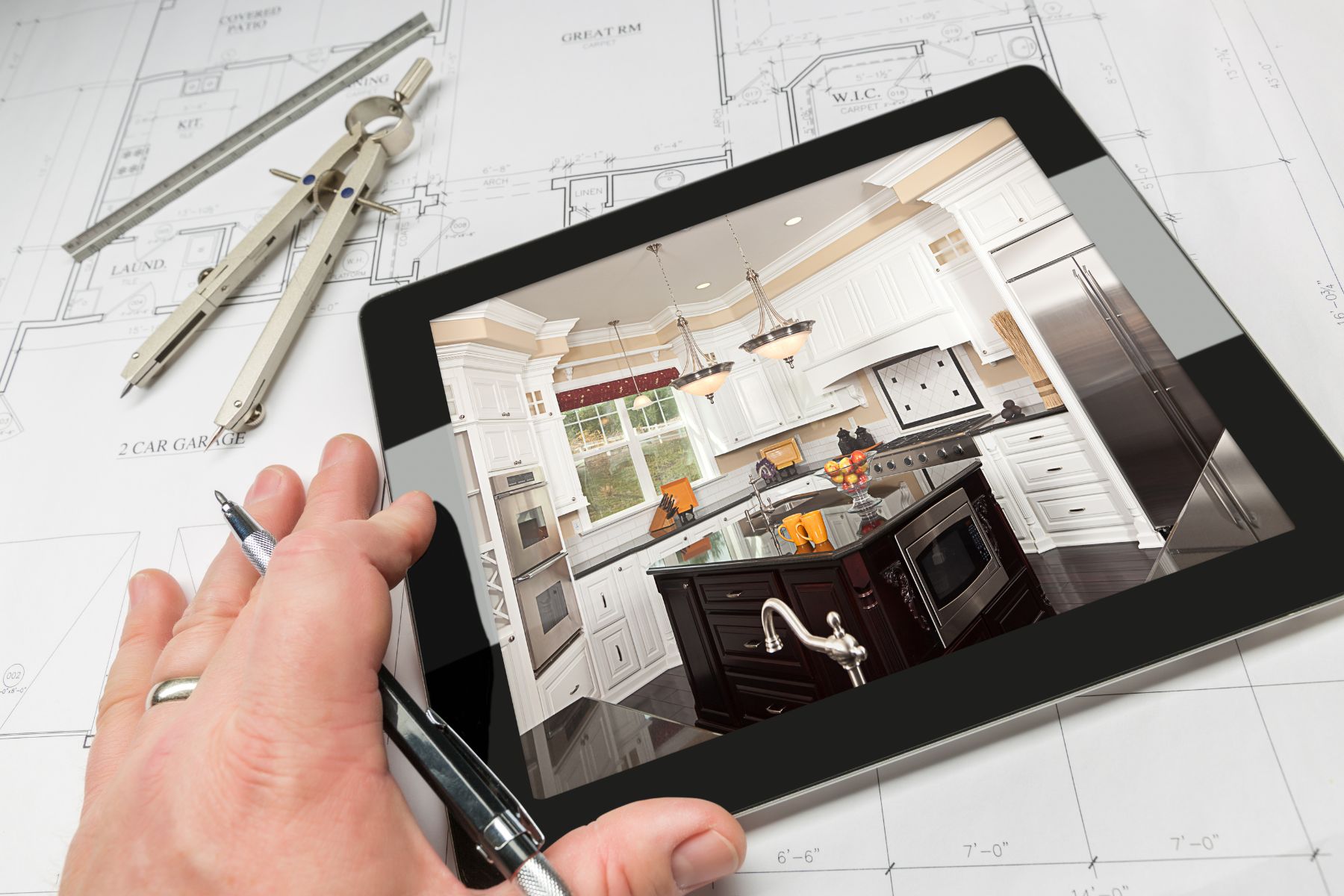Photo by Andy_Dean_Photog On Envato Elements
During a renovation project, updating the kitchen can significantly boost the value of your home and enhance your daily experience in the space. To achieve this, careful planning and foresight are necessary. Fortunately, with proper guidance, it is possible to stay within your budget and achieve your dream kitchen without any obstacles.
1. Determine your Budget
To begin, establish your budget as it will impact the extent of the project and guide all subsequent choices. By having a clear understanding of the allocated funds, you can determine which aspects to prioritize and which to postpone for later. Don’t allow a limited budget to discourage you from making improvements.
Even minor updates such as repainting cabinets, changing hardware, or upgrading a few appliances or flooring can greatly enhance a room. For larger budgets, there is room for expanding the space, installing new counters, or even reconfiguring the entire layout. A useful guideline is to include an additional 10-20% in your budget for unforeseen expenses.
Step 2: Plan Your Layout
Spend a moment examining the arrangement of your present kitchen. Are you satisfied with its dimensions and flow? What modifications would you make if a budget was not a concern? Are there any areas that are not being utilized efficiently? The kitchen should be the most practical and logical space in the house as families often gather, eat, clean, and relax there.
When designing your new layout, remember to follow the traditional work triangle, where the sink, refrigerator, and stove are placed in a triangular formation. This reduces unnecessary movements while navigating through the kitchen.
3. Planning for Kitchen Space
After you have finalized the design of your main layout, it is important to carefully examine the precise measurements of your space, including the distance between countertops, appliances, and walkways. It would be disappointing to create your ideal kitchen only to realize that certain drawers cannot be opened when the dishwasher or oven is open.
It is crucial to consider ergonomics when determining the height of counters and the arrangement of drawers and to also ensure adequate space for storage and pantry items.
4. Select Your Desired Kitchen Style
When faced with numerous options in the market, it can be overwhelming to decide for your kitchen. It is important to consider your budget and the scope of your project when selecting materials. To narrow down your choices, determine if this is a long-term residence or a property that will be sold after renovation. This can impact your color and finish preferences as bright colors and flashy features may not have mass appeal.
Additionally, think about how you will utilize the space. Do you want a contemporary kitchen with a large multi-functional island, concealed door handles, and built-in appliances? Or do you prefer a more traditional design with smaller, enclosed features and ornate cabinet doors? Creating a mood board can help bring your vision to life.
5. Consider Appliances
When selecting high-priced items such as major appliances, it is important to consider your usage preferences. Are you an avid cook or do you only cook occasionally? Do you have a desire for a proofing drawer or a double oven? As you make your appliance choices, keep in mind your desired spending limit and refer to your budget.
Conduct thorough research on different brands and models to guarantee long-lasting and dependable purchases.
6. Identify the Specifics
After making the major decisions, it is now important to shift our attention to the finer details. The selection of finishes, such as backsplash tiles, cabinet colors, and decorative hardware, will add character to your kitchen renovation. This is the perfect opportunity to infuse your own personal style and imaginative ideas into your dream kitchen.
Begin by choosing a color scheme and experimenting with design mock-ups to unleash your creativity.

